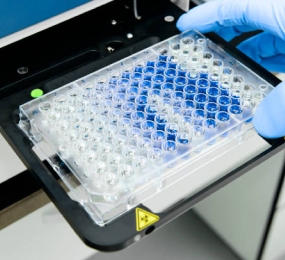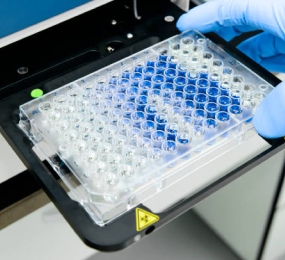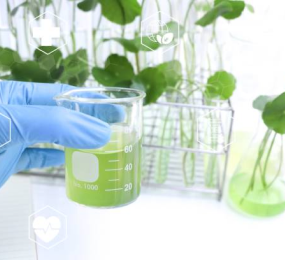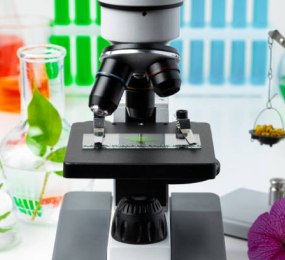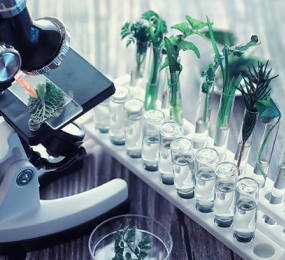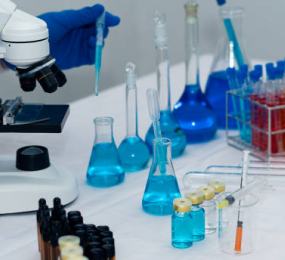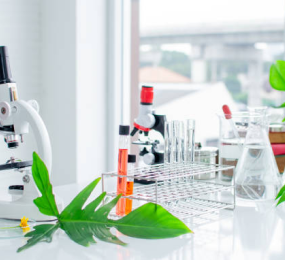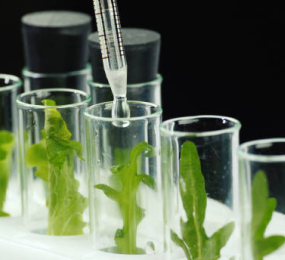Best Practices for Extractables and Leachables Risk Assessment in Pharmaceutical Packaging
Extractables and leachables are chemical substances that can migrate from pharmaceutical packaging materials into the drug product. Ensuring patient safety requires a robust risk assessment strategy. Key best practices include:
Comprehensive Risk Assessment: A thorough risk assessment should consider factors like the drug product's characteristics (e.g., dosage form, route of administration), patient population, and the intended duration of therapy.
Material Selection: Choose packaging materials with low extractable profiles and a history of safe use in pharmaceutical applications.
Thorough Material Characterization: Conduct comprehensive analyses of packaging materials to identify potential extractables. This may involve techniques like gas chromatography-mass spectrometry (GC-MS) and liquid chromatography-mass spectrometry (LC-MS).
Simulated Use Conditions: Conduct extraction studies under conditions that simulate real-world storage and use to determine the levels of leachables in the drug product.
Toxicological Evaluation: Assess the potential toxicity of leachables based on their chemical structure, known toxicity data, and predicted exposure levels.
Continuous Monitoring: Regularly monitor for changes in packaging materials or manufacturing processes that could impact extractable and leachable profiles.
By adhering to these best practices, pharmaceutical companies can minimize the risk of patient exposure to harmful substances and ensure the safety and efficacy of their drug products.
Visit our website to know more: https://www.leadventgrp.com/events/global-extractables-leachables-forum/details
For more information and group participation, contact us: [email protected]
Leadvent Group - Industry Leading Events for Business Leaders!
www.leadventgrp.com| [email protected]


